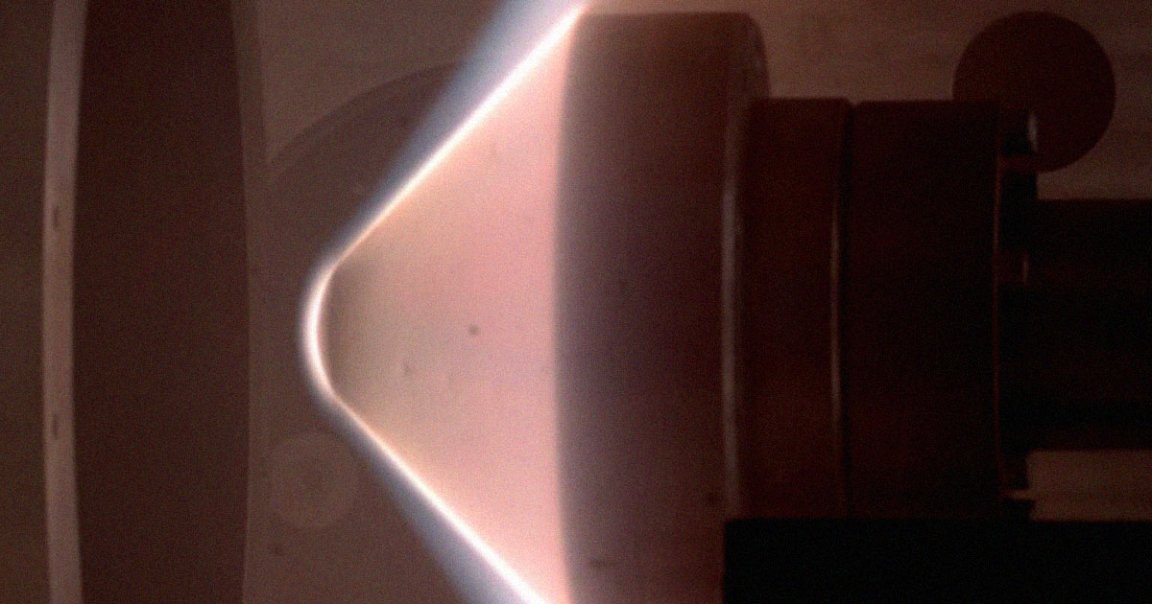
Ice Plunge
The ice giants Uranus and Neptune are shrouded in a frosty and swirling atmosphere of largely hydrogen and helium. And neither planet features a solid surface, which complicates our efforts to explore them.
In fact, they’re the two planets that have yet to be directly explored by any type of human-made spacecraft. Suspected liquid oceans are buried beneath thick layers of surface clouds, greatly obscuring their cores from our view.
But it’s nonetheless possible to send an atmospheric probe careening through their atmospheres in an effort to get a better idea of their composition — though getting a probe through these clouds at blistering speeds and having it live long enough to send back valuable data will require plenty of ingenuity.
Gas Pass
To get a better idea of what it takes to send a probe through Uranus and Neptune’s atmospheres, an international team of researchers recently simulated such a mission inside Oxford University’s hypersonic plasma tunnel, reaching simulated velocities of 11.8 miles per second. Videos show a simulated probe being pummelled by gases found in both Uranus and Neptune’s atmospheres.
“The tunnel is capable of measuring both convection and radiative heat flux, and critically provide the required flow speeds for the replication of ice giant entry, with traces of [methane],” explained ESA aerothermodynamics engineer Louis Walpot in an August statement.
Despite the blistering speed, they still fell short of the velocities required for these probes to actually make it very far. A probe would need an inertial velocity of at least 15.5 miles per second, per the researchers.
“The challenge is that any probe would be subject to high pressures and temperatures, and therefore would require a high-performance thermal protection system to endure its atmospheric entry for a useful amount of time,” said Walpot in the latest statement.
“To begin designing such a system we need first to adapt current European testing facilities in order to reproduce the atmospheric compositions and velocities involved,” he added.
High Priority
Fortunately, obvious jokes aside, there’s growing momentum behind our efforts to probe Uranus and Neptune.
Earlier this year, NASA astrophysicist Kathleen Mandt called for the space agency to develop an exploratory probe to investigate the “mysteries of the Uranus system.”
The 2023-2032 Planetary Science Decadal Survey, a publication produced by the US National Research Council that identifies key questions for future planetary exploration efforts, chose NASA’s proposed Uranus Orbiter and Probe mission as a high priority.
But developing a probe that can survive the plunge into the two planets’ icy atmospheres will be anything but easy, even with widespread support and funding.
More on Uranus: Scientists May Have Just Discovered New Oceans in Two of Uranus’ Moons